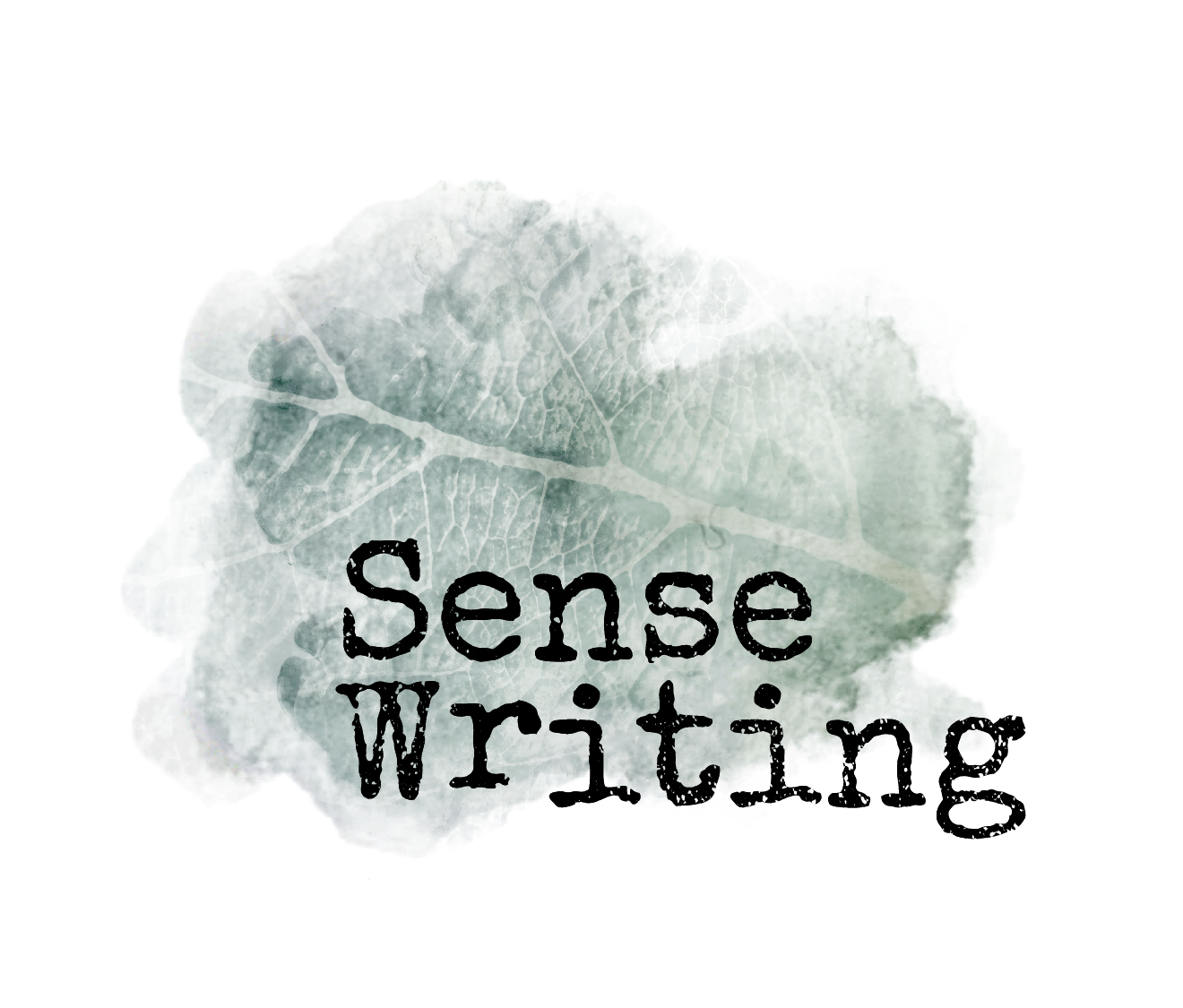“Between thought and expression lies a lifetime.” -Lou Reed
Sometimes when there’s a lot going on-- like in the last year—it can feel difficult to say anything at all, and as I mentioned last time, this is why I hadn’t been in touch for a while.
Hi, again.
Today I want to talk about a different response to the intensity we’ve been living through. After a bout of silence, it can feel cathartic to start sharing again. And sometimes that’s all we want after a difficult time--to tell stories around the fire and share camaraderie.
When it comes to reconnecting with our creative work, we can feel that same cathartic pull to share on the fly, especially with the proliferation of instant communication and instant audience.
But also... it’s complicated. Perhaps you’ve had the experience recently of coming away feeling numb or fragmented after eagerly sharing stories, in person or online. Our plot points tumble around, disconnected from the subtler textures and emotional truths we wanted to convey.
So between the poles of silence and premature sharing, how do we come back to our writing practice?
Staircase vs. Elevator Shaft
Virtually every other art form offers a container that allows you to be in a process while doing your art. In photography, dance, music, painting, there’s stuff to do. Warm ups, scales, the physicality of deeds.
But besides picking up a pen and sitting and being told to “just do it,” process is bypassed in writing. It’s like the common wisdom is still haunted by that perplexing first-day-of-school exercise where you have to write for twenty minutes about what I did on my summer vacation. I remember being baffled, unsure what to write while everyone else seemed to scribble away somehow knowing what the teacher wanted. It felt like I was being asked to step into an elevator shaft.
Luckily, I had had plenty of experiences in and out of school that fostered creativity and expression. But in the hard school chair, I’d rifle through the summer days with mounting frustration, all a blur, scavenging for content. I had no idea what counted as an event, a "what."
What was missing, in fact, wasn’t what to write but how. How to find that ease in my body. How to step into something, feel around and follow my curiosity, instead of straining to understand what the teacher wanted.
Don’t just do it
When we expect ourselves to crank it out, the impulses that stirred us to pick up a pen in the first place can suddenly blink off, and “just do it” leads to “I can’t.” Instead of freedom, we get blocks.
That’s why in Sense Writing we back way up, not just before the finished product, and not just before the story itself, but to the foundational sensory regulation that helps us dissolve stuck together fragments and blocks.
In the coming weeks, I’ll write more about the connection between sensory regulation and language, and the neuroscience behind it (spoiler alert: it’s about stress response inhibiting choices, and to get a bit reductive, it's about survival mode shutting down our brain’s language centers).
This is where the work becomes reparative, as well as creative. When we learn to process and absorb more sensation in our different environments (internally and externally), we’re actually learning to work with our stress response.
And ultimately, this sensory regulation allows us to repair the connection between the gut and language, and navigate this space between our deepest yearnings and the words to express them.
And this takes trust. Trust in the process. Trust in our creative instincts and curiosity. Trust that we can work with quiet, tender, or confusing material without getting derailed. And trust that we can find some pleasure on the way.
Sense Writing provides manual, physical processes that allow us to pause before we launch into our summer vacation story (or dive into tricky content before we have self-regulation skills). We don’t have to seek premature catharsis, or put our pencil to the grindstone until the recess bell rings.
Instead, we calm our nervous systems and perceive more finely the impressions we’ve collected in our bodies. In a regulated state, we bring these impressions to language.
So we can feel the story--and so can our reader. If you want to step into the process now, but skipped past last email's Summer Gift of Re-imagining, you can access this new sequence below.



